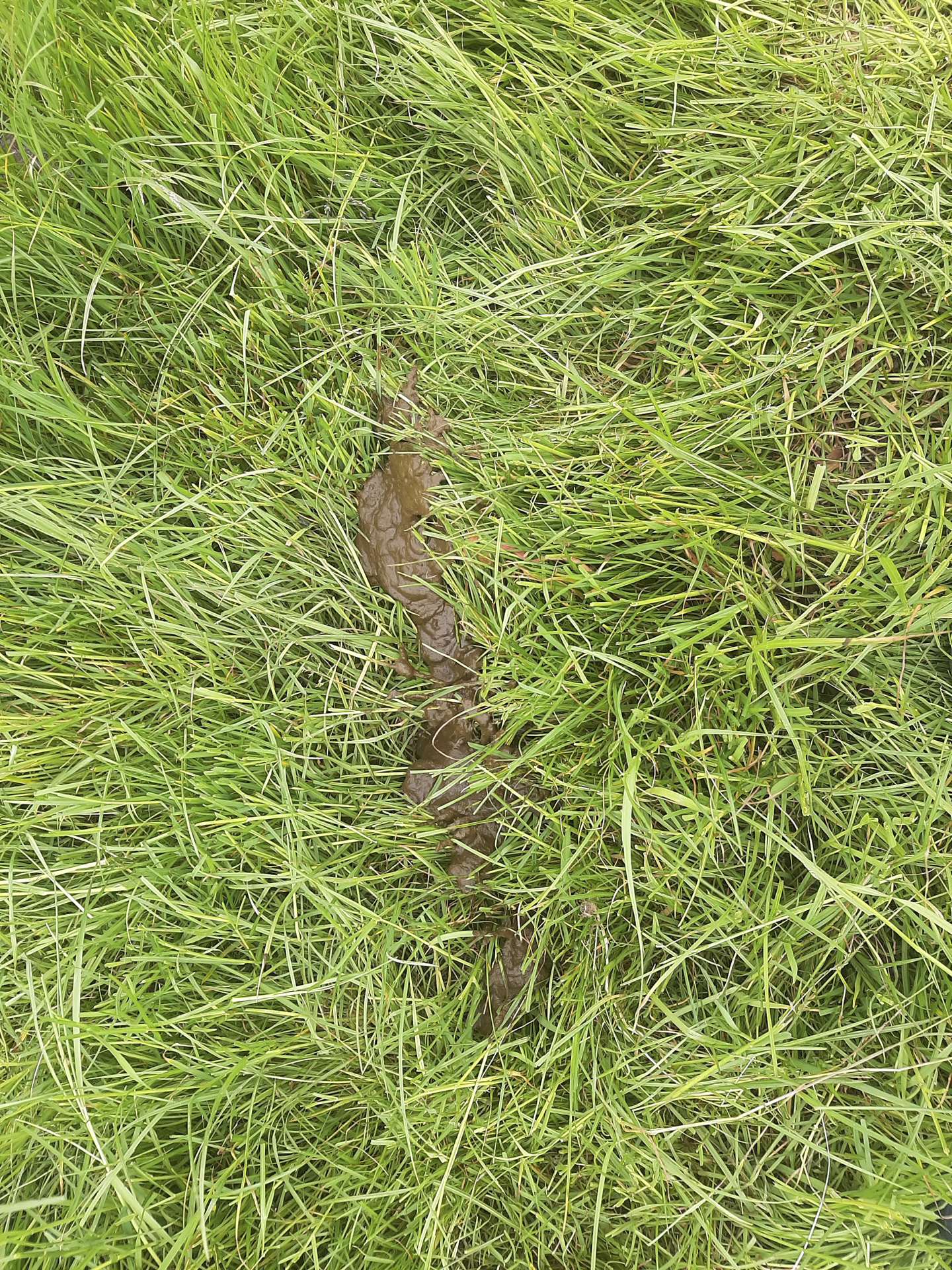Taking a sample for faecal egg counts (FEC)

The first and foremost thing to do is to take a dung sample for a faecal egg count. This is a key tool to monitor the level of worms, potential impending resistance and the need for worming. It should be part of all worming protocols.
It is vital that you have the correct plan in place for sampling to ensure an accurate result is obtained and the following protocol is recommended:
- Take a number of samples – 10 to 15 samples from individual calves
- Keep samples separate, do not mix. The key is that the same amount of dung goes into the pooled sample for testing.
- Wear clean gloves for collection
- Collect samples from fresh, warm dungs. Choose a range of animals in terms of thrive. i.e. if you deem some animals to be thriving excellently and others somewhat poorly, take samples from both. Don’t only collect loose dungs, collect a genuine mix to allow for an accurate representation of the farm. If you are collecting directly from the rectum of the calf be very gentle and if you are unsure of this method have the vet show you next time they are on the farm.
- Normally a heaped teaspoon is enough (3 g is required). It is better to have more rather than less, particularly if you are looking for results on both worms and coccidiosis.
- Storage of samples in milk collection bottles or similar can be a good way to do it, or get some collection vials from the vet. Alternatively, a Ziploc bag would suffice. This can depend on the requirement of your vet.
- Ensure that the air is taken out of the container and it remains sealed. If storing, refrigerate.
Contact us
Bonanza Calf Nutrition
Producers of the renowned Shine range of milk replacers for calves and lambs.
© 2017 Bonanza Calf Nutrition Ltd.
FIND US
